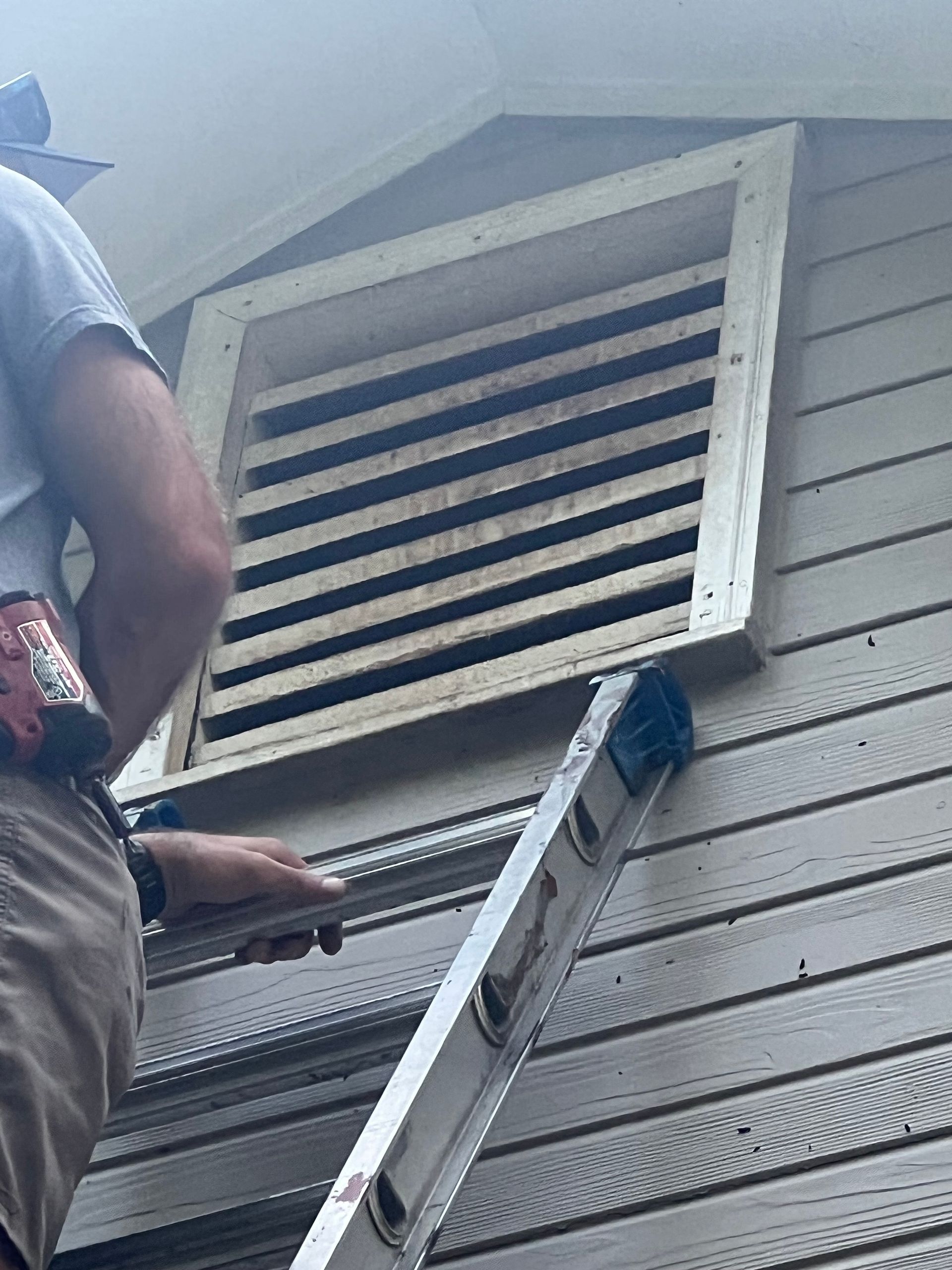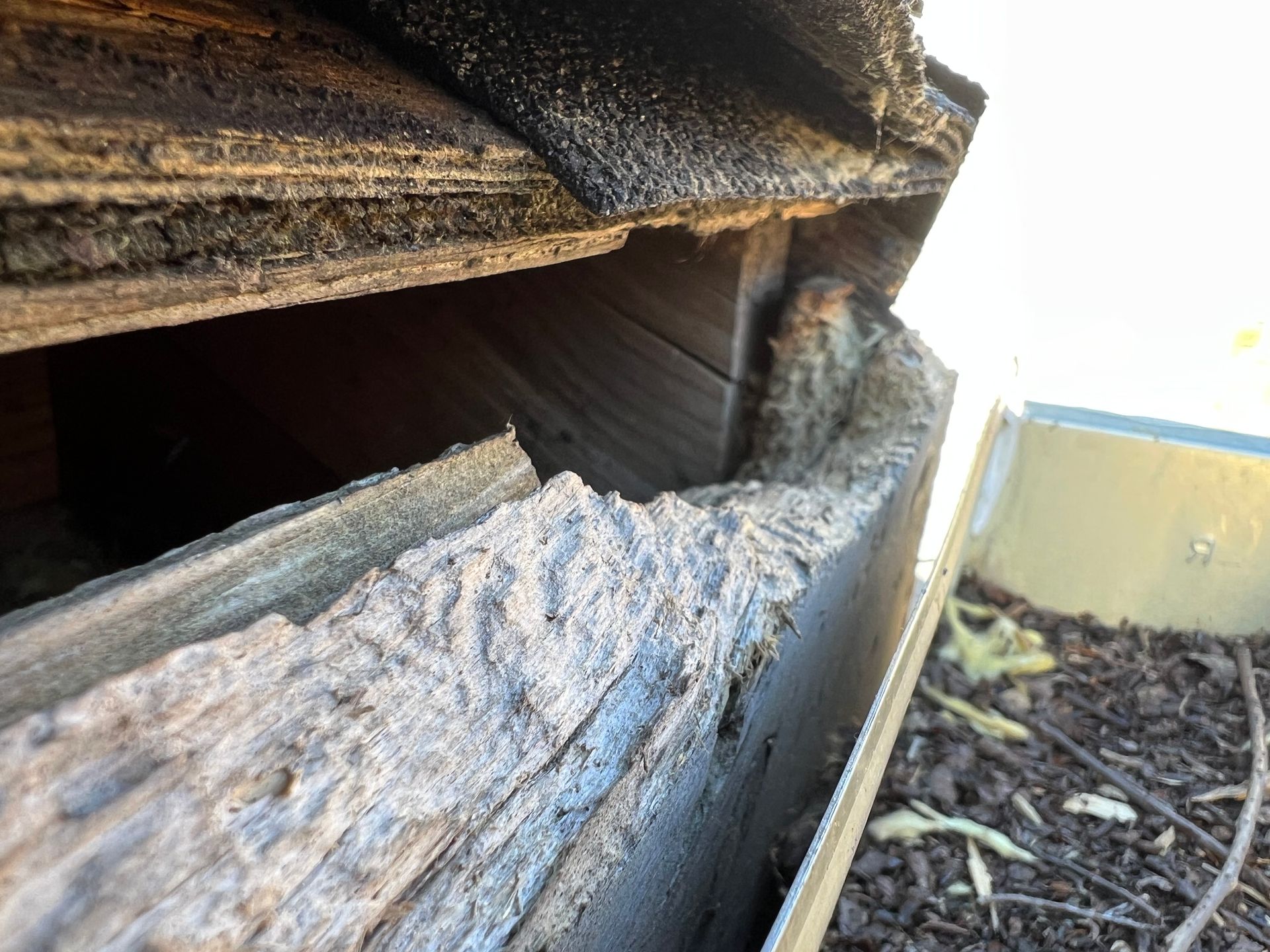(423) 762-5417 | Mon-Fri: 8am-5pm | Chattanooga, TN
You Got Rid of Rats Under Your House… But Will They Come Back?
You Got Rid of Rats Under Your House… But Will They Come Back?

So, you finally got rid of the rats under your house—congratulations! Maybe you set traps, hired a professional, or even went full DIY with some creative solutions. But now, a nagging question lingers: What if they come back?
I’ve been in the wildlife removal business for years, and let me tell you—this is one of the most common concerns homeowners have. You’d be surprised how many people think they’ve solved the problem, only to call me a few months later, frustrated that they’re hearing scratching noises again.
The truth is, rats are persistent little creatures. If your home was a cozy spot for them once, chances are, they’ll try to return. But don’t worry—there are effective ways to make sure they stay gone. Let’s break it down.
Why Do Rats Keep Coming Back?
1. They Follow Their Scent Trails
Even after you remove rats, their scent lingers. Rats communicate through pheromones, leaving behind invisible trails that tell others, 'Hey, this is a great place to live!' If you don’t properly clean and deodorize the areas they occupied, you’re basically leaving a welcome mat out for new rodents.
I once had a homeowner swear she had sealed every hole, only to find rats back in her crawl space within weeks. Turns out, she never cleaned out the nest materials, and the new rats just followed the scent back inside. A deep clean with enzyme-based cleaners can make a huge difference.
2. Easy Access to Food and Water
Think about what might still be attracting them:
✅ Pet food left outside?
✅ Unsecured trash bins?
✅ Bird feeders spilling seeds?
✅ Leaky outdoor faucets or AC drip lines?
Even the smallest crumbs or water droplets can sustain a rat. If you don’t cut off their food supply, they’ll keep trying to come back.
3. Entry Points Are Still Open
Rats are expert contortionists. They can squeeze through gaps as small as a quarter—yes, you read that right! If you didn’t fully seal up every possible entry point, they’ll find their
way back in.
One homeowner I worked with thought he had blocked all the holes under his deck with plywood. But guess what? The rats just chewed right through it. That’s why using rat-proof materials like Galvanized Flashing, mortar, proven wildlife removal products is so important. Sometimes the over the counter, Home Depot or Lowes products, just wont work.
How to Ensure Rats Don’t Return
1. Eliminate What Attracts Them
Rats don’t stick around for no reason. They need three things: food, water, and shelter. Take those away, and they’ll move on.
• Secure food sources: Store pet food in airtight containers and clean up outdoor eating areas.
• Fix leaks: Check for dripping pipes, clogged gutters, and AC condensation lines.
• Declutter your yard: Piles of wood, old furniture, and overgrown bushes make perfect hiding spots.


